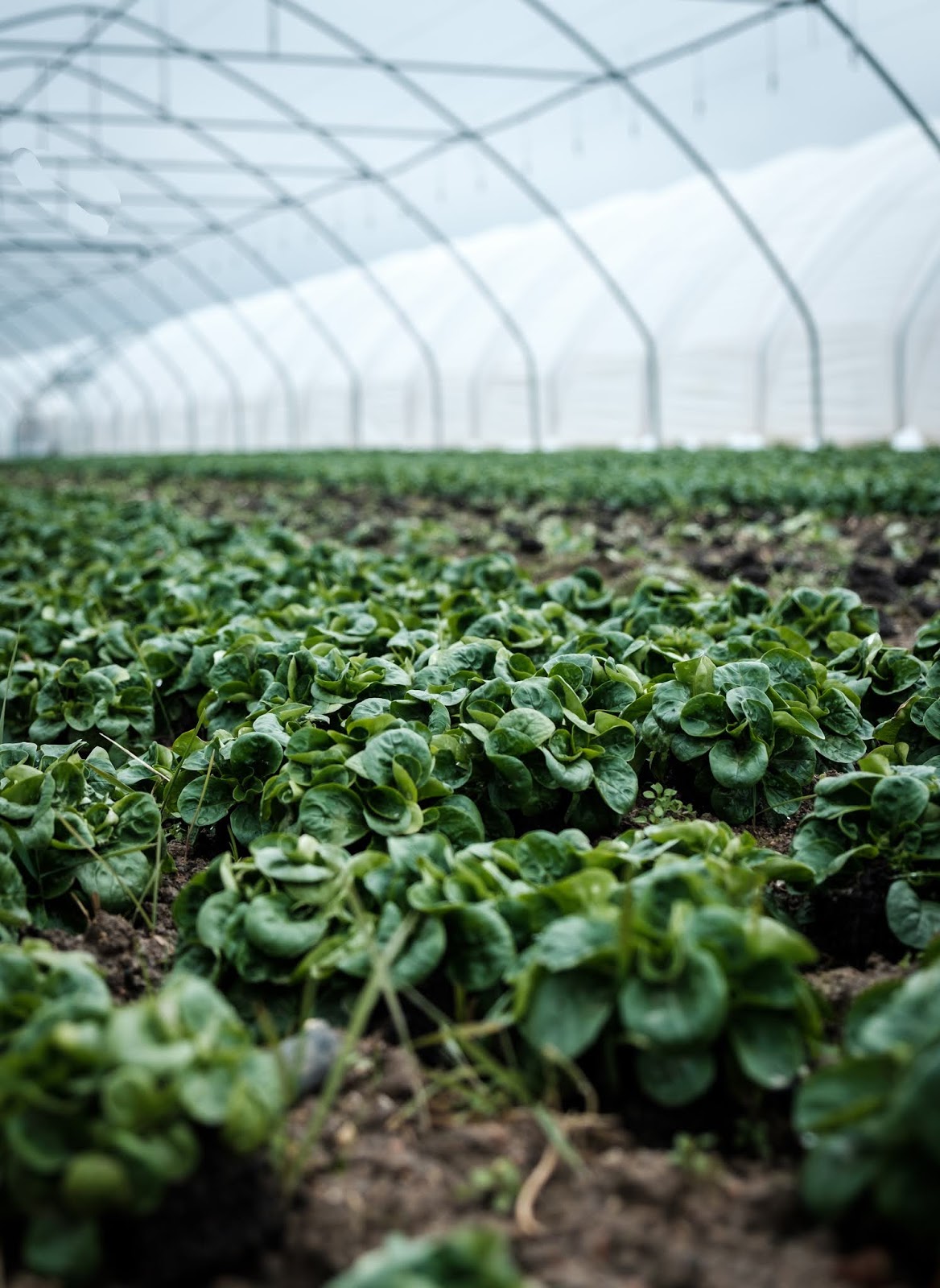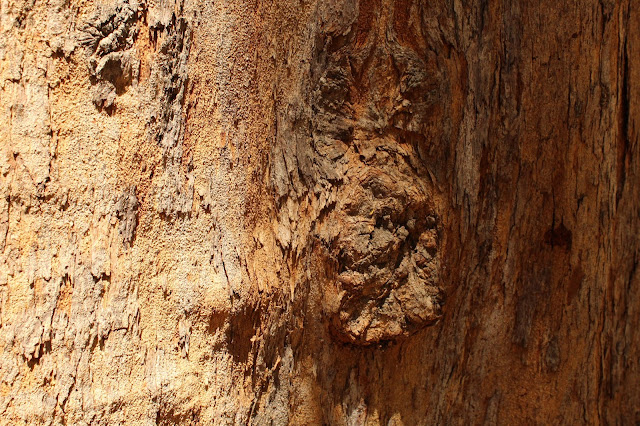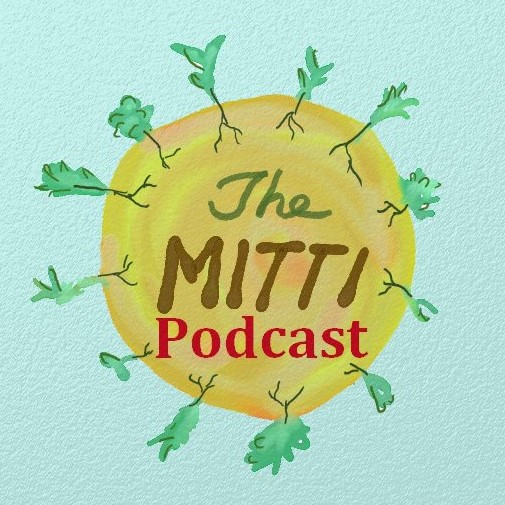Agroforestry in Collaboration: an Interview with Toranam
 |
| Artwork by Anuraag Nandagiri, 2019 |
It’s often not a popular choice to embrace current issues in agriculture, and even less often when it comes to active involvement in community development. In a developing country like India, it is also considered as somebody else’s responsibility; delegated to a non-governmental organization or dismissed as charity work where communities are treated as beneficiaries rather than partners or collaborators in the development activity. In my previous blog post we have discussed this mindset in more detail and highlighted how treating rural development as a one-way transaction has its downsides.
When I set out to understand the challenges of community development, I encountered countless projects that are either already established or have sprouted recently. This motivated me to dig deeper and try to get an overview of ground reality. One of the sustainable agriculture projects that we encountered has been Toranam; a German-Indian collaboration started in the village of Madanapalle in Andhra Pradesh. The project’s primary focus is to to illustrate to the local farmers, through its model farm, how agroforestry is a plausible solution to agriculture problems of this region. Toranam also aspires to promote market access for the region’s green businesses and sustainable produce.
Contacting one of the project’s founders, Franziska Weißörtel, we had the pleasure to conduct a brief interview which provided all the important insights for this blog post:
We found on your website that the demonstration farm at Toranam uses organic agroforestry, would you tell us more about this method and how does it differ from other practices?
"Unlike regular farming methods which are monoculture, agroforestry diversifies farming by planting trees along with crops. The benefits are that it improves soil quality, prevents erosion and makes crops more resilient. Moreover, the trees can function as a hydraulic lift bringing groundwater upwards and making it available for other crops. Agroforestry is also often used as one tool in permaculture. Usually, permaculture is adopted in more tropical climates. Our project is located in a drier region, hence it was difficult to adapt instantly."
Considering the consistent use of chemical pesticides and insecticides since the Green Revolution, did you experience any groundwater poisoning problems?
"We did not experience this but we also did not test the water quality. What we have noticed is that the groundwater level was very deep, so it is unlikely to be heavily contaminated. However, we are also planning to adopt rainwater harvesting methods by roof catchment in order to address the aridness of the land. It was planned to be done by the end of May, but everything got stalled due to the corona virus outbreak."
How many people are involved in the project right now, and what is the dynamic of the team?
"Right now, we have four team members in India and two in Germany working on the project. We do not specifically have people with a strong background in sustainability in India, which is also difficult sometimes. The dynamic of the team in India balances between our on-site colleague who is an architect, and our partner NGO which deals with the legal aspects and on-site coordination of the project. The NGO partnership also facilitates the education of farmers through our project. The agricultural knowledge is mostly from the German team members who provide the essential background. Our future plan is to have a person in India who knows about sustainability, too."
Farmers usually expect instant results, how do we convince them of alternative methods? What was the case like in Toranam?
"In Toranam, we grow various vegetables amongst the trees, and the trees themselves do not occupy a lot of space. Farmers are generally concerned that they are losing space or time. The trees we plan as part of agroforestry farming need time to grow, so production rates similar to conventional farming cannot be expected. But since the rest of the land is cultivated with crops, farmers do not have to wait too long to see first results.”
What would be your advice to someone who is interested in alternative agriculture and wants to build competence in this knowledge field?
"First, build local knowledge of the location you wish to work in. We found that a woman of the community in Mandapalle knew how to cultivate several crops together, which signifies that farmers know how things worked before the green revolution; for instance, what crops grow well together, how to design the plantation and so on. Nonetheless, they are scared to share this knowledge because they grew skeptical about it.
Also, always keep your larger mission in mind and do not drift away because of small details. For example, we ended up building compost toilets with concrete although some would argue that this approach was not the best, and we should have used mud for sustainable reasons. This can be correct, but sometimes groundwork surprises you and you have to act practically.
As for farming, find someone who studied agriculture to gain a background in the field. Engaging with local farmers is never a bad idea. Start slow with your alternative agriculture practices, and let the farmers observe what you are doing. In the end, it is a mutual process of exchanging knowledge.”
Although challenges of working with a community are many, it is often overlooked that the people with the problem are also the people with the solution. Traditional knowledge in sustainable living has served native groups for centuries, and is still a living memory in the minds of the people. Nevertheless, top-down approaches have disrupted this intuitive understanding of natural resource management. Perhaps a collaborative community development approach is the way to go...





